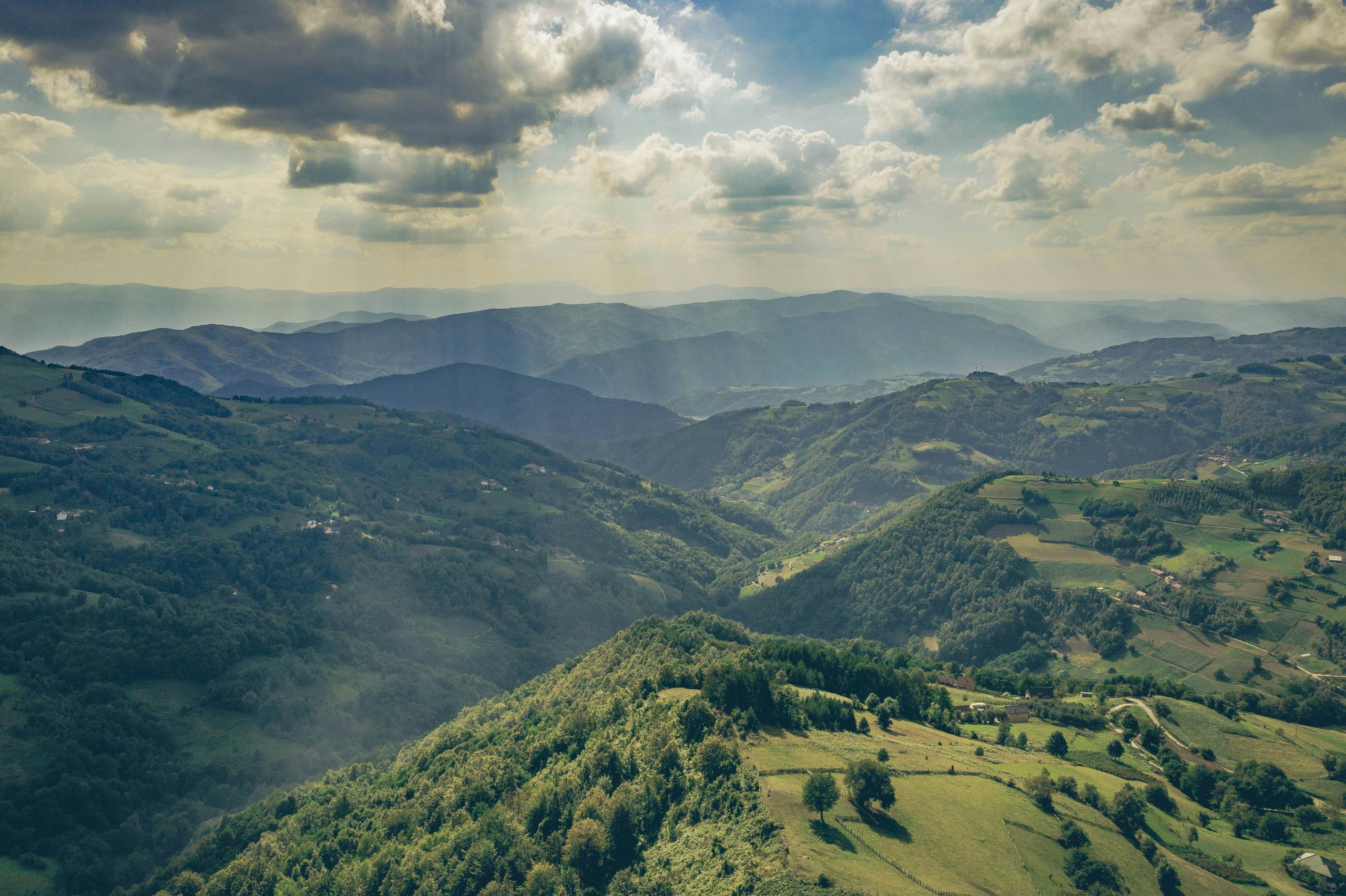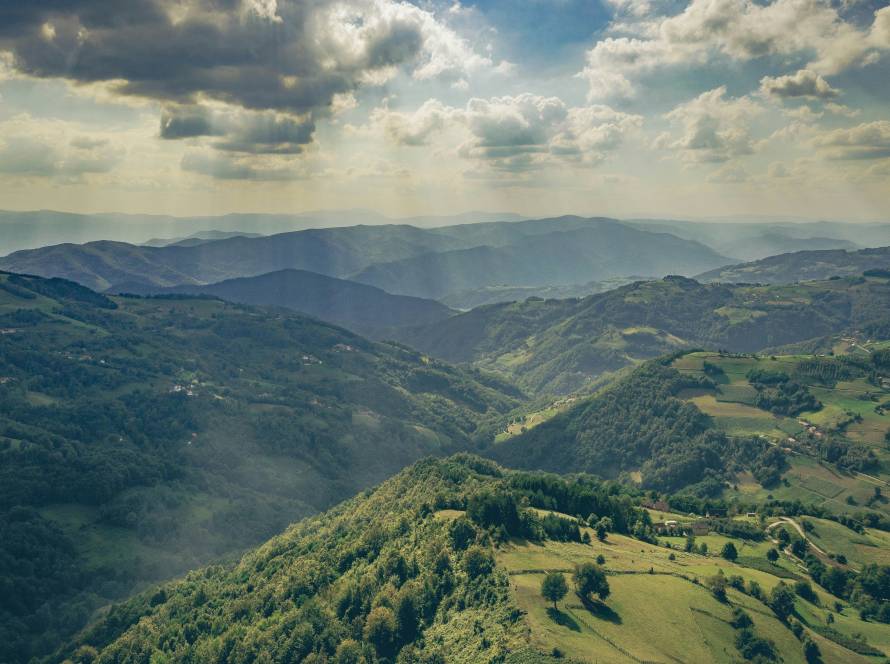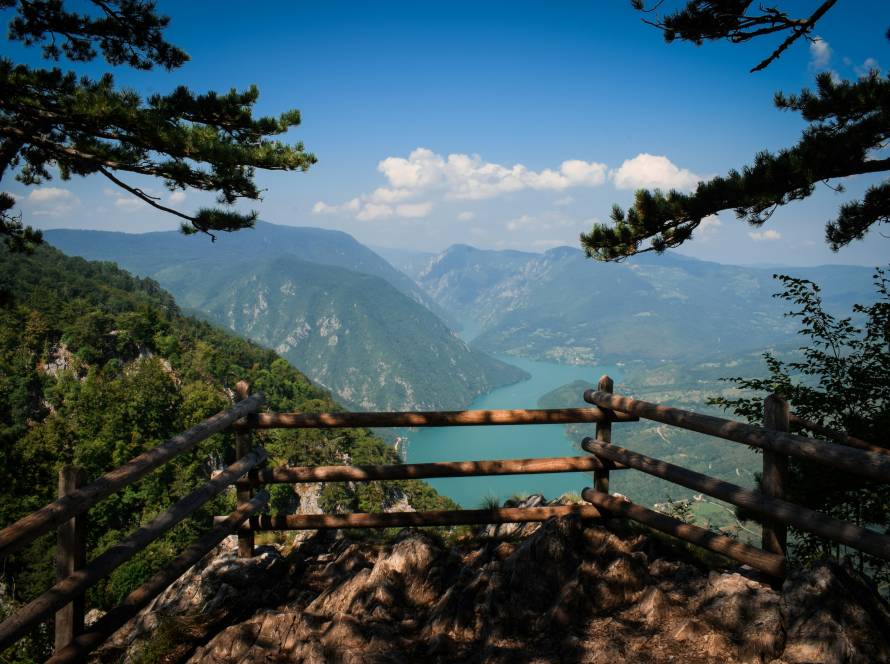Lithium mining is often seen as a vital part of the transition to clean energy. However, it carries significant risks for agriculture and water resources. In regions like Serbia’s Jadar, the environmental costs of lithium extraction can outweigh its economic benefits. The high water consumption, potential for water contamination, and soil degradation associated with mining pose serious threats to local communities. This article explores these dangers and highlights why protecting agriculture and water resources is crucial.
High Water Consumption and Depletion
Lithium mining is a water-intensive process. Extracting one ton of lithium requires up to 500,000 liters (500 cubic meters) of water. In areas where water is scarce, this can have devastating effects. For instance, in Chile’s Atacama Desert, mining has consumed 65% of the region’s water, affecting local agriculture and indigenous communities.
In Serbia’s Jadar region, large-scale lithium mining could lead to similar issues. Water use for mining could significantly reduce groundwater levels within just a few months. This reduction might lead to a 25-50% decrease in water availability for farmers and households. Rivers and streams could see a 30-40% decrease in flow, directly impacting agricultural irrigation and drinking water supplies.
Water Pollution and Contamination Risks
Chemicals used in lithium extraction, such as sulfuric acid, can pollute water sources. Spills or improper waste disposal can spread contaminants up to 10 kilometers downstream. This pollution harms aquatic life and affects water quality. In Argentina, lithium mining has caused river contamination, leading to fish deaths and harming cattle.
In Serbia, similar contamination could occur in the Jadar River, affecting more than 15,000 people and numerous agricultural fields within a few months. Over a year, polluted water could infiltrate groundwater, spreading toxins over an area larger than 100 square kilometers. Such contamination threatens the health of communities and the safety of their food and water.

Soil Degradation and Reduced Crop Yields
Open-pit mining destroys the topsoil, which is crucial for agriculture. Once this nutrient-rich layer is removed, it can take centuries to recover, if at all. In regions affected by lithium mining, crop yields can drop by up to 90%. For example, farmers in Argentina have reported that fertile lands turned barren within a year of mining operations.
In the Jadar region, the initial phase of mining could strip up to 1,000 hectares of productive farmland. Soil erosion and loss of fertility could lead to a 30-50% decline in crop production, jeopardizing local food security and farmer livelihoods.
Health Risks from Polluted Water and Soil
Mining pollutants can enter the food chain, posing serious health risks. Heavy metals like lead and cadmium found in mining waste accumulate in the body and can cause long-term health problems. Studies show children near mining areas can have blood lead levels up to 50% higher than safe limits set by the World Health Organization (WHO).
If similar contamination occurs in Serbia, thousands of residents in the Jadar region could face increased health issues. Contaminated water and soil may lead to higher rates of respiratory problems, skin diseases, and other illnesses, placing a burden on local healthcare systems.
Economic Consequences for Local Communities
Lithium mining could severely impact local economies dependent on agriculture. In places like the Tibetan Plateau, water shortages and pollution from mining have caused a 50% drop in primary income activities like yak herding. In Serbia, similar effects could reduce agricultural productivity by 30-50%, leading to financial strain for farmers and increased poverty.
The economic loss from reduced crop yields and the need for clean water could cost millions of euros annually, far exceeding the short-term economic gains from mining activities.
Threat to Biodiversity and Ecosystems
Lithium mining disrupts ecosystems, leading to biodiversity loss. Water pollution from mining can cause a 70% decrease in aquatic life populations. The Jadar region’s ecosystems, which support various plant and animal species, could face severe impacts. The European otter, relying on clean rivers, might see population declines due to habitat destruction and pollution.
Loss of biodiversity affects not only wildlife but also ecosystem services like water purification, pollination, and climate regulation. These disruptions weaken the resilience of ecosystems, making them more vulnerable to environmental changes.

Conclusion
Lithium mining poses significant risks to agriculture and water resources. In Serbia’s Jadar region, these activities could deplete water supplies, contaminate drinking and irrigation water, degrade soil quality, and threaten the health and livelihoods of local communities. The long-term environmental and economic costs outweigh the short-term gains, emphasizing the need for sustainable practices. Protecting water and agricultural lands is essential for ensuring a healthy and sustainable future for Serbia and its people.



